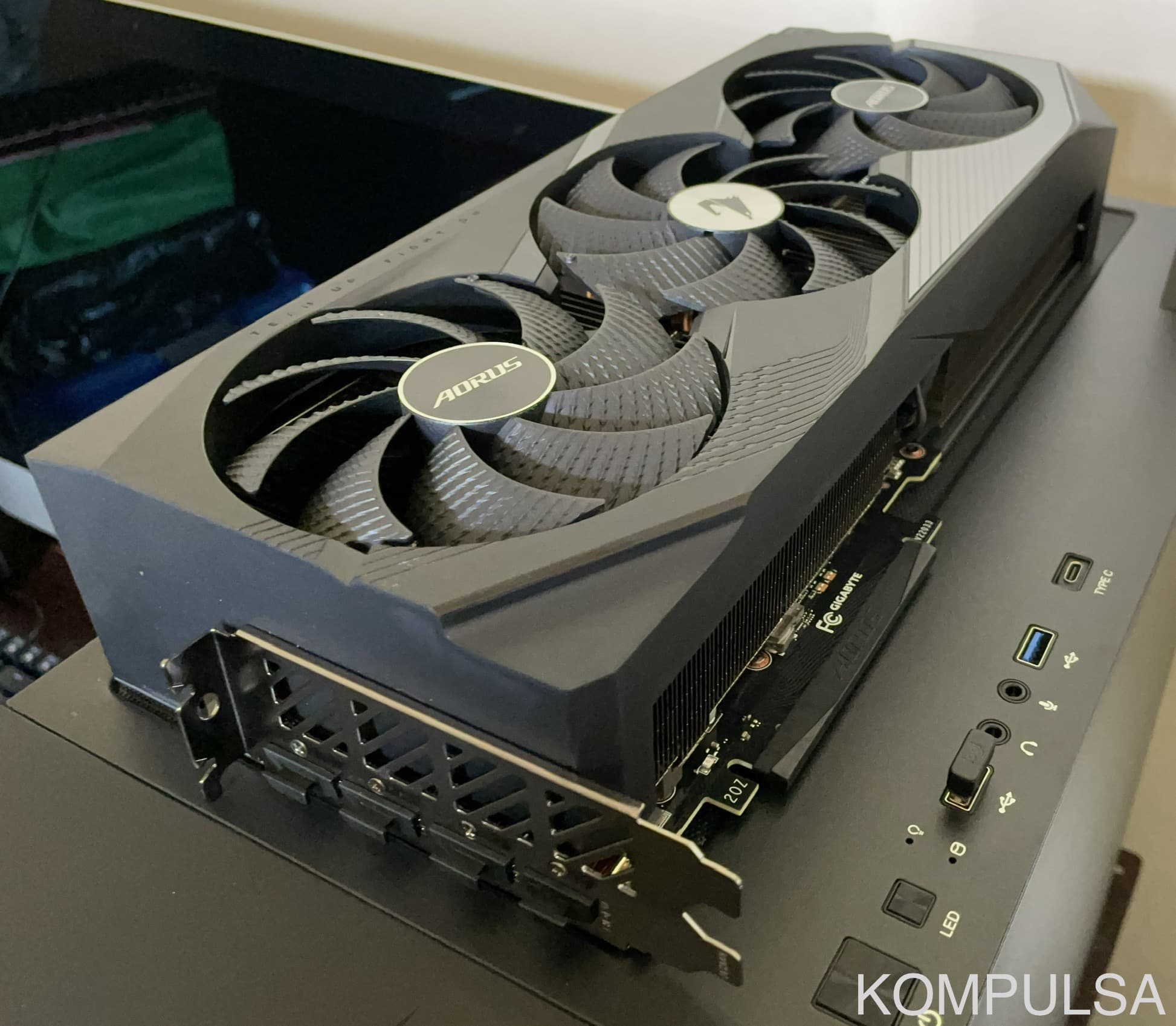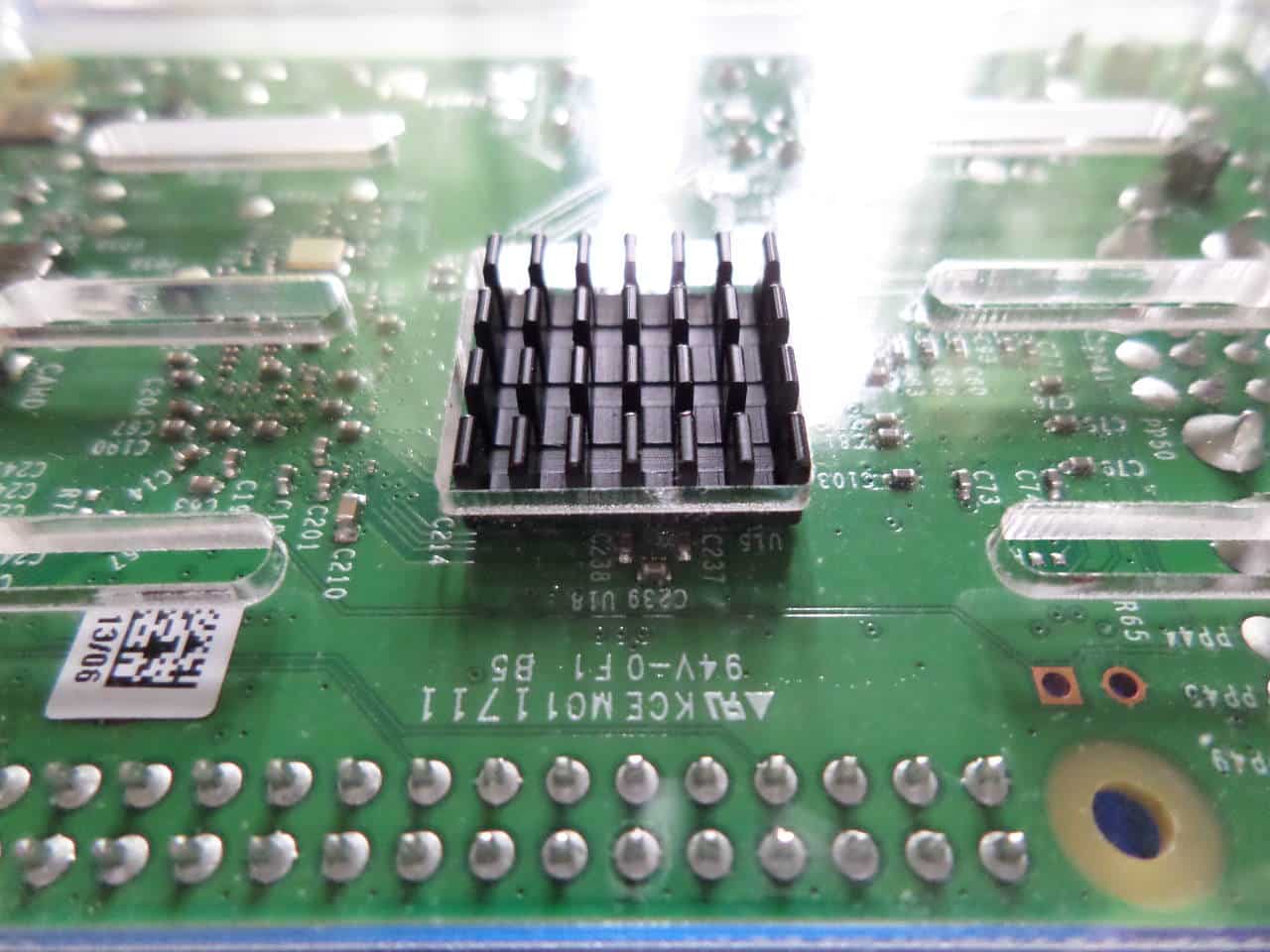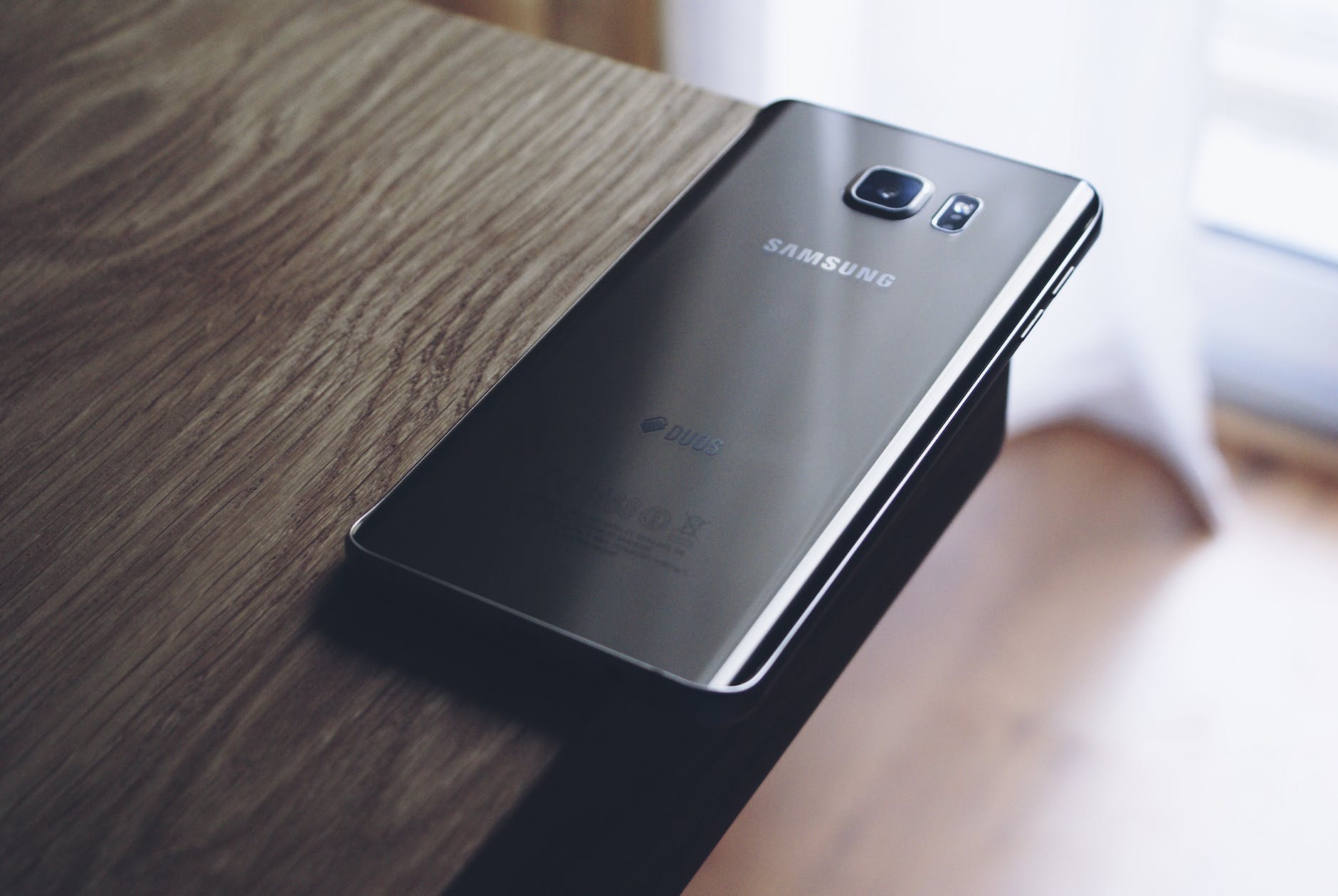The power requirements of a Raspberry Pi computer are dependent on the model and usage. However, you must size your power source to accommodate the Raspberry Pi’s highest possible power usage. Afterwards, you can worry about how long your Raspberry Pi battery will last per charge. The use of a 5 Volt lithium-ion battery pack is assumed for this article.
If you were seeking a battery to power the Raspberry Pi 3B, the battery would need to be capable of supplying 2.5 Amps at 5 Volts to be on the safe side (3 amps for the Raspberry Pi 4). When you’re calculating battery life — that’s when the Raspberry Pi’s average energy usage comes into play.
To calculate what size battery you need for your Raspberry Pi, first write down the following:
- The battery life you need (hours per charge is the easiest unit to work with).
- The Raspberry Pi’s maximum power consumption to ensure that the battery is not overloaded at any point in time: Let’s assume this is 11 Watts. This means you’ll need to find a battery which can supply 11 Watts safely. This would ideally be less than a discharge rate of 1C (1 x the battery capacity). Throttling a tiny battery results in a short lifespan and overheating.
- The Raspberry Pi’s average power consumption (which will dictate how many hours per charge your battery life will be). Let’s assume this is 3 Watts just for this example.
If the Raspberry Pi’s power consumption averages 3 Watts, then you could use a battery that is 50Wh (the capacity of an average laptop battery is 43 to 85 Wh) to power the Raspberry Pi for 16 hours at that average power consumption. To be clear: that is a 5 Volt, 10,000 mAh li-ion battery pack. For that calculation, I simply divided the battery capacity by the average power consumption: 50 Wh / 3. Realistically, losses will result in shorter battery life than the 16 hours mentioned.
If you’re not just doing basic GPIO and want to do something multimedia-intensive or something else that may result in high power consumption, you’ll want a significantly larger battery.
Can I Power A Raspberry Pi With A Coin Cell Battery?
No. 2032, 2016, and other coin cell batteries are far too small to power a Raspberry Pi, regardless of the settings you use. 2032 cells (the biggest of the three mentioned) have capacities that are 620 mAh or less. This applies to the Raspberry Pi 3 models as well as the Raspberry Pi 4 (at least, I haven’t obtained a Raspberry Pi Zero yet to see how much I can reduce its power consumption).
Can I Power A Raspberry Pi With An 18650 Battery?
Generally, trying to power a Raspberry Pi with a single 18650 cell is not a good idea. However, you might be able to make it work with the right circuitry (and with short battery life). On the other hand, two 18650 cells with a regulated 5 Volt output can work, as long as that output can safely supply 2.5 Amps to 3 Amps (depending on which Raspberry Pi, and battery life is still a concern).
Can I Power A Raspberry Pi with A USB Power Bank?
Yes! This can be a great addition to a Raspberry Pi project, and can serve as a compact UPS alternative, but please be careful which power bank you choose. Some power banks are rated at 2.4 Amps and they still can’t power your Raspberry Pi as well as they should (your Raspberry Pi may display low-voltage warnings/a lightning bolt icon in the corner of the screen).









